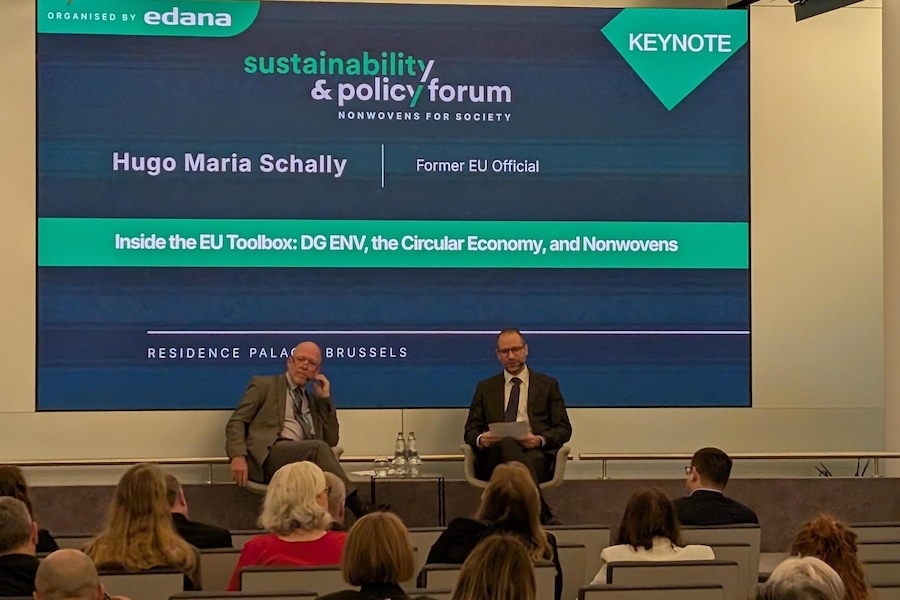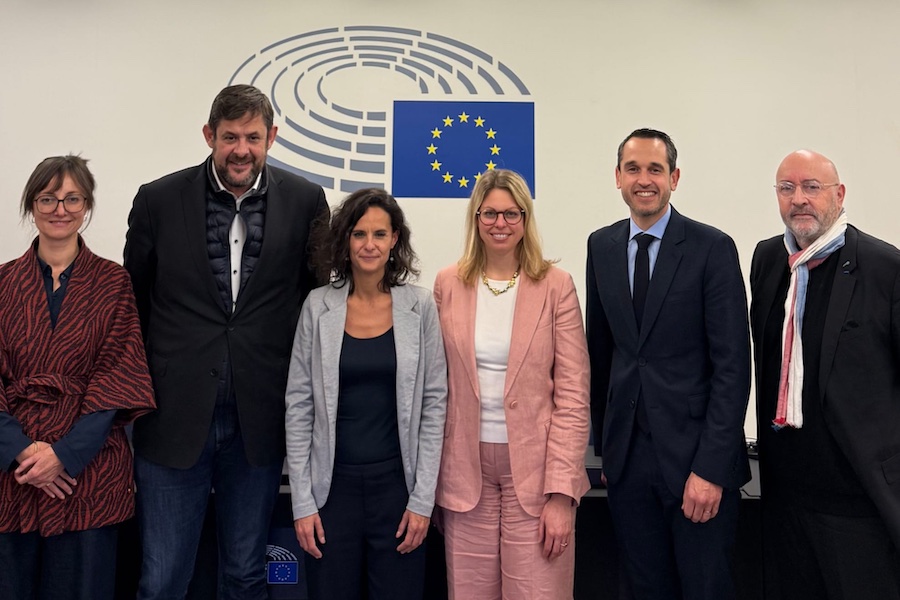#Europe
Summer 2021 Economic Forecast: Reopening fuels recovery
Faster economic growth as economies reopen and sentiment indicators brighten
According to the Summer 2021 interim Economic Forecast, the economy in the EU and the euro area is set to expand by 4.8% this year and 4.5% in 2022. Compared to the previous forecast in the spring, the growth rate for 2021 is significantly higher in the EU (+0.6 pps.) and the euro area (+0.5 pps.), while for 2022 it is slightly higher in both areas (+0.1 pp.). Real GDP is projected to return to its pre?crisis level in the last quarter of 2021 in both the EU and the euro area. For the euro area, this is one quarter earlier than expected in the Spring Forecast.
Growth is expected to strengthen due to several factors. First, activity in the first quarter of the year exceeded expectations. Second, an effective virus containment strategy and progress with vaccinations led to falling numbers of new infections and hospitalisations, which in turn allowed EU Member States to reopen their economies in subsequent quarter. This reopening benefited service sector businesses in particular. Upbeat survey results among consumers and businesses as well as data tracking mobility suggest that a strong rebound in private consumption is already underway. In addition, there is evidence of a revival in intra-EU tourist activity, which should further benefit from the entry into application of the new EU Digital COVID Certificate as of 1 July. Together, these factors are expected to outweigh the adverse impact of the temporary input shortages and rising costs hitting parts of the manufacturing sector.
Private consumption and investment are expected to be the main drivers of growth, supported by employment that is expected to move in tandem with economic activity. Strong growth in the EU's main trading partners should benefit EU goods exports, whereas service exports are set to suffer from remaining constraints to international tourism.
The Recovery and Resilience Facility (RRF) is expected to make a significant growth contribution. The total wealth generated by the RRF over the forecast horizon is expected to be approximately 1.2% of the EU's 2019 real GDP. The expected size of its growth impulse remains roughly unchanged from the previous forecast, as information from the Recovery and Resilience Plans officially submitted in recent months broadly confirms the assessment made in the spring.
Inflation rates slightly higher, but moderating in 2022
The forecast for inflation this year and next has also been revised higher. Rising energy and commodity prices, production bottlenecks due to capacity constraints and the shortage of some input components and raw materials, as well as strong demand both at home and abroad are expected to put upward pressure on consumer prices this year. In 2022, these pressures should moderate gradually as production constraints are resolved and supply and demand converge.
Accordingly, inflation in the EU is now forecast to average 2.2% this year (+0.3 pps. compared to the Spring Forecast) and 1.6% in 2022 (+0.1 pps). In the euro area, inflation is forecast to average 1.9% in 2021 (+ 0.2 pps.) and 1.4% in 2022 (+0.1 pps.).
Substantial risks
Uncertainty and risks surrounding the growth outlook are high, but remain overall balanced.
The risks posed by the emergence and spread of COVID-19 virus variants underscore the importance of further picking up the pace up of vaccination campaigns. Economic risks relate in particular to the response of households and firms to changes in restrictions.
Inflation may turn out higher than forecast, if supply constraints are more persistent and price pressures are passed on to consumer prices more strongly.
Members of the College said:
Valdis Dombrovskis, Executive Vice-President for an Economy that Works for People said: “The European economy is making a strong comeback with all the right pieces falling into place. Our economies have been able to reopen faster than expected thanks to an effective containment strategy and progress with vaccinations. Trade has held up well, and households and businesses have also proven to be more adaptable to life under COVID-19 than expected. After many months of restrictions, consumer confidence and tourism are both on the up, though the threat of new variant will have to be carefully managed to make travel safe. This encouraging forecast is also thanks to the right policy choices having been made at the right time, and it factors in the major boost that the Recovery and Resilience Facility will deliver to our economies over the coming months. We will have to keep a close eye on rising inflation, which is due not least to stronger domestic and foreign demand. And, as always, we need to be mindful of disparities: some Member States will see their economic output return to their pre-crisis levels already by the third quarter of 2021 – a real success – but others will have to wait longer. Supportive policies must continue as long as needed and countries should gradually move to more differentiated fiscal approaches. In the meantime, there must be no let-up in the race to get Europeans vaccinated so we can keep variants at bay.”
Paolo Gentiloni, Commissioner for Economy said: “The EU economy is set to see its fastest growth in decades this year, fuelled by strong demand both at home and globally and a swifter-than-expected reopening of services sectors since the spring. Thanks also to restrictions in the first months of the year having hit economic activity less than projected, we are upgrading our 2021 growth forecast by 0.6 percentage points. That is the highest upward revision we have made in more than 10 years and is in line with firms' confidence reaching a record high in recent months. With the Recovery and Resilience Facility taking off, Europe has a unique opportunity to open a new chapter of stronger, fairer and more sustainable growth. To keep the recovery on track, it is essential to maintain policy support as long as needed. Crucially, we must redouble our vaccination efforts, building on the impressive progress made in recent months: the spread of the Delta variant is a stark reminder that we have not yet emerged from the shadow of the pandemic.”
Background
This forecast is based on a set of technical assumptions concerning exchange rates, interest rates and commodity prices with a cut-off date of 26 June. For all other incoming data, including assumptions about government policies, this forecast takes into consideration information up until and including 28 June. Unless new policies are credibly announced and specified in adequate detail, the projections assume no policy changes.
The European Commission publishes two comprehensive forecasts (spring and autumn) and two interim forecasts (winter and summer) each year. The interim forecasts cover annual and quarterly GDP and inflation for the current and following year for all Member States, as well as EU and euro area aggregates.
The European Commission's next economic forecast will be the Autumn 2021 Economic Forecast which is scheduled to be published in November 2021.

















